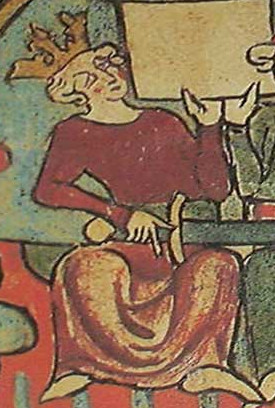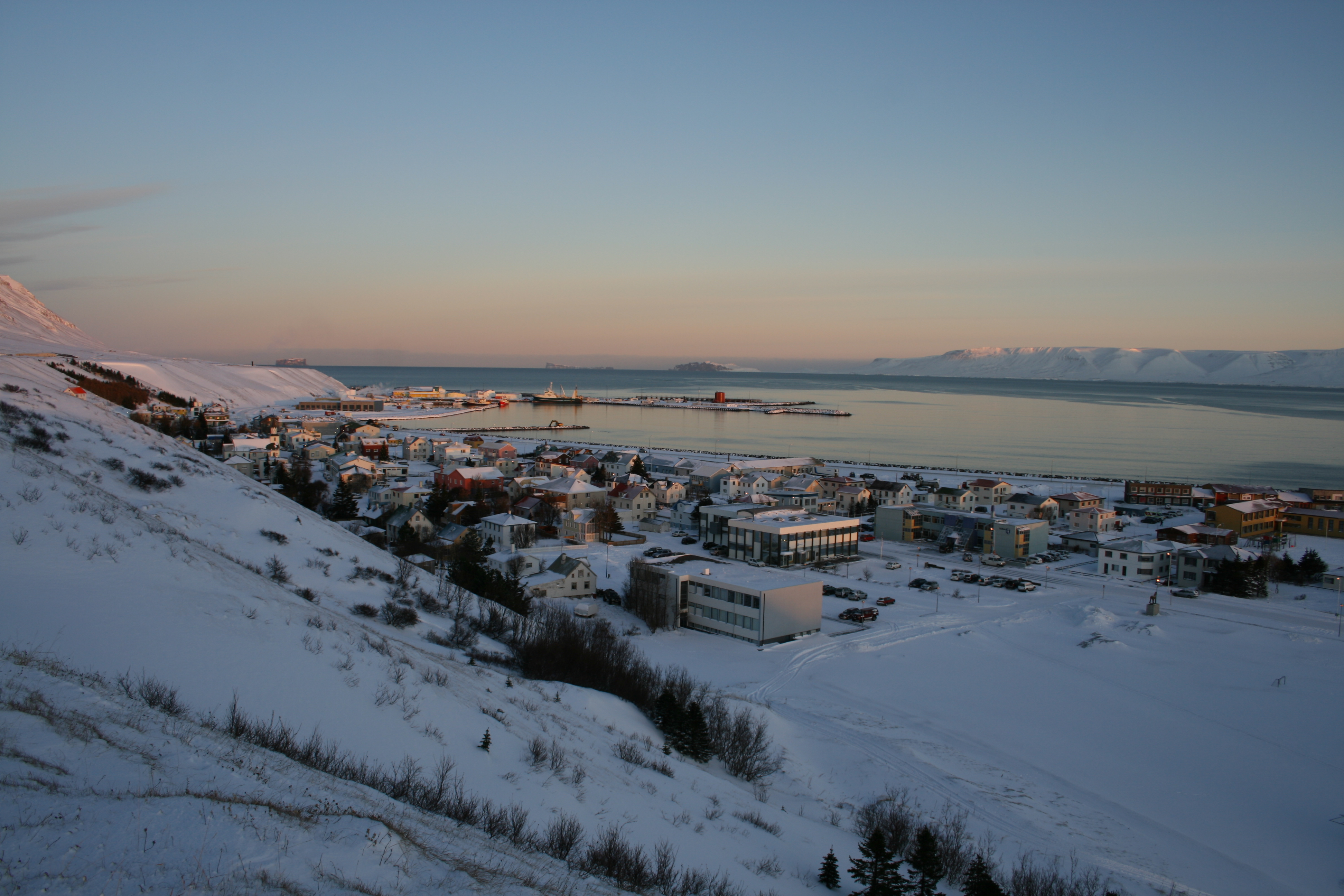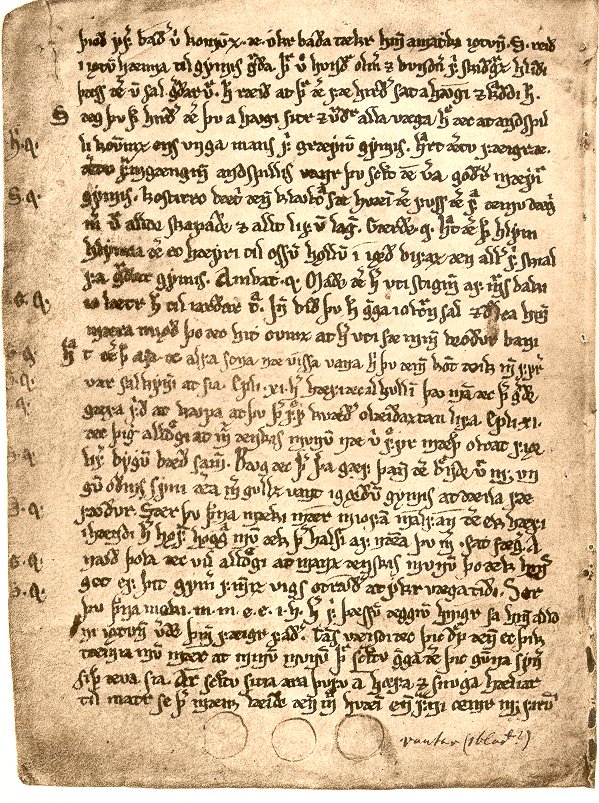|
Tiódels Saga
''Tiódels saga'' (also ''Tíódéls saga'', ''Tiodielis saga'', and various other forms in manuscripts) is an Old Icelandic chivalric saga, based on the Old Norwegian translation, ''Bisclaretz ljóð'', of Marie de France's Breton lai ''Bisclavret''. Summary In the summary of Tove Hovn Ohlsson, :A knight disappears several days every week, and no-body knows where he goes. His wife succeeds in wresting his secret from him--that he is a werewolf and lives among wild animals. After she learns that his clothes are necessary for his return to human form, she contacts another knight, who for a long time has been her admirer (in ''Tíódél'' her lover), and asks him to help her to get rid of the husband's clothes. When Tíódél fails to re-appear, the two get married. Out hunting one day the king notices an animal that seems to be asking for mercy. Instead of shooting it, he lets the animal follow him home, where it becomes the king's pet. At a celebration the animal sets eyes on the ... [...More Info...] [...Related Items...] OR: [Wikipedia] [Google] [Baidu] |
Old Icelandic
Old Norse, Old Nordic, or Old Scandinavian, is a stage of development of North Germanic dialects before their final divergence into separate Nordic languages. Old Norse was spoken by inhabitants of Scandinavia and their overseas settlements and chronologically coincides with the Viking Age, the Christianization of Scandinavia and the consolidation of Scandinavian kingdoms from about the 7th to the 15th centuries. The Proto-Norse language developed into Old Norse by the 8th century, and Old Norse began to develop into the modern North Germanic languages in the mid-to-late 14th century, ending the language phase known as Old Norse. These dates, however, are not absolute, since written Old Norse is found well into the 15th century. Old Norse was divided into three dialects: ''Old West Norse'' or ''Old West Nordic'' (often referred to as ''Old Norse''), ''Old East Norse'' or ''Old East Nordic'', and ''Old Gutnish''. Old West Norse and Old East Norse formed a dialect continuu ... [...More Info...] [...Related Items...] OR: [Wikipedia] [Google] [Baidu] |
Chivalric Saga
The ''riddarasögur'' (literally 'sagas of knights', also known in English as 'chivalric sagas', 'romance-sagas', 'knights' sagas', 'sagas of chivalry') are Norse prose sagas of the romance genre. Starting in the thirteenth century with Norse translations of French '' chansons de geste'' and Latin romances and histories, the genre expanded in Iceland to indigenous creations in a similar style. While the ''riddarasögur'' were widely read in Iceland for many centuries they have traditionally been regarded as popular literature inferior in artistic quality to the Icelanders' sagas and other indigenous genres. Receiving little attention from scholars of Old Norse literature, many remain untranslated. The production of chivalric sagas in Scandinavia was focused on Norway in the thirteenth century and then Iceland in the fourteenth. Vernacular Danish and Swedish romances came to prominence rather later and were generally in verse; the most famous of these are the Eufemiavisorna, them ... [...More Info...] [...Related Items...] OR: [Wikipedia] [Google] [Baidu] |
Old Norwegian
nn, gamalnorsk , region = Kingdom of Norway (872–1397) , era = 11th–14th century , familycolor = Indo-European , fam2 = Germanic , fam3 = North Germanic , fam4 = West Scandinavian , fam5 = Norwegian , ancestor = Proto-Indo-European , ancestor2 = Proto-Germanic , ancestor3 = Proto-Norse , ancestor4 = Old Norse , ancestor5 = Old West Norse , script = Medieval Runes, Latin , iso3 = none , glotto = none , notice = IPA Old Norwegian ( no, gammelnorsk and ), also called Norwegian Norse, is an early form of the Norwegian language that was spoken between the 11th and 14th century; it is a transitional stage between Old West Norse and Middle Norwegian, and also Old Norn and Old Faroese. Its distinction from Old West Norse is a matter of convention. Traditionally, Old Norwegian has been divided into the main dialect areas of North Western, Outer South Western, Inner Sou ... [...More Info...] [...Related Items...] OR: [Wikipedia] [Google] [Baidu] |
Marie De France
Marie de France (fl. 1160 to 1215) was a poet, possibly born in what is now France, who lived in England during the late 12th century. She lived and wrote at an unknown court, but she and her work were almost certainly known at the royal court of King Henry II of England. Virtually nothing is known of her life; both her given name and its geographical specification come from her manuscripts. However, one written description of her work and popularity from her own era still exists. She is considered by scholars to be the first woman known to write francophone verse. Marie de France wrote in Francien, with some Anglo-Norman influence. She was proficient in Latin, as were most authors and scholars of that era, as well as Middle English and possibly Breton. She is the author of the '' Lais of Marie de France''. She translated Aesop's Fables from Middle English into Anglo-Norman French and wrote ''Espurgatoire seint Partiz'', ''Legend of the Purgatory of St. Patrick'', based upon ... [...More Info...] [...Related Items...] OR: [Wikipedia] [Google] [Baidu] |
Breton Lai
A Breton lai, also known as a narrative lay or simply a lay, is a form of medieval French and English romance literature. Lais are short (typically 600–1000 lines), rhymed tales of love and chivalry, often involving supernatural and fairy-world Celtic motifs. The word "lay" or "lai" is thought to be derived from the Old High German and/or Old Middle German ''leich'', which means play, melody, or song, or as suggested by Jack Zipes in ''The Oxford Companion to Fairy Tales'', the Irish word ''laid'' (song).Zipes, 62 Zipes writes that Arthurian legends may have been brought from Wales, Cornwall and Ireland to Brittany; on the continent the songs were performed in various places by harpists, minstrels, storytellers.Zipes, Jack, ''The Oxford Companion to Fairytales''. Oxford UP. 2009 62-63 Zipes reports the earliest recorded lay is Robert Biker's Lai du Cor, dating to the mid- to late-12th century. The earliest of the Breton lais to survive is probably ''The Lais of Marie de Fra ... [...More Info...] [...Related Items...] OR: [Wikipedia] [Google] [Baidu] |
Bisclavret
"Bisclavret" ("The Werewolf") is one of the twelve Lais of Marie de France written in the 12th century. Originally written in French, it tells the story of a werewolf who is trapped in lupine form by the treachery of his wife. The tale shares a common ancestry with the comparable '' Lay of Melion'', and is probably referenced in Sir Thomas Malory's ''Le Morte d'Arthur'' with the tale of Sir Marrok, who has a similar story. Background Marie de France claimed that she translated this lay, as well as the other eleven she wrote, from the Breton language, in which she claimed to have heard them performed. There have been many translations of her work into the English language, the translation noted below was done by Eugene Mason. Synopsis Bisclavret, a baron in Brittany who is well loved by the king, vanishes every week for three full days. No one in his household, not even his wife, knows where he goes. His wife finally begs him to tell her his secret and he explains that he is a we ... [...More Info...] [...Related Items...] OR: [Wikipedia] [Google] [Baidu] |
De La Gardie, 4-7
Uppsala University Library, De la Gardie, 4-7, a thirteenth-century Norwegian manuscript, is 'our oldest and most important source of so-called "courtly literature" in Old Norse translation'.''Strengleikar: An Old Norse Translation of Twenty-one Old French Lais'', ed. and trans. by Robert Cook and Mattias Tveitane, Norrøne tekster, 3 (Oslo: Norsk historisk kjeldeskrift-institutt, 1979), p. ix. It is now fragmentary; four leaves, once part of the last gathering, now survive separately as AM 666 b, 4° in the Arnamagnæan Collection, Copenhagen. Contents *A dialogue between 'courage' and 'fear' translated from Latin and now mostly lost due to damage to the manuscript. *''Pamphilus'', a translation of the Medieval Latin dialogue '' Pamphilus de amore''. *''Elis saga'', a translation of the Old French ''chanson de geste'' ''Elie de Saint-Gille'' *A collection of Breton lais translated into Old Norwegian known as the ''Strengleikar''. History Three scribes produced the manuscript: ... [...More Info...] [...Related Items...] OR: [Wikipedia] [Google] [Baidu] |
Rímur
In Icelandic literature, a ''ríma'' (, literally "a rhyme", pl. ''rímur'', ) is an epic poem written in any of the so-called ''rímnahættir'' (, "rímur meters"). They are rhymed, they alliterate and consist of two to four lines per stanza. The plural, ''rímur'', is either used as an ordinary plural, denoting any two or more rímur, but is also used for more expansive works, containing more than one ríma as a whole. Thus ''Ólafs ríma Haraldssonar'' denotes an epic about Ólafr Haraldsson in one ríma, while '' Núma rímur'' are a multi-part epic on Numa Pompilius. Form ''Rímur'', as the name suggests, rhyme, but like older Germanic alliterative verse, they also contain structural alliteration. ''Rímur'' are stanzaic, and stanzas normally have four lines. There are hundreds of ''ríma'' meters: Sveinbjörn Beinteinsson counts 450 variations in his ''Háttatal''. But they can be grouped in approximately ten ''families''. The most common metre is '' ferskeytt''.Véstein ... [...More Info...] [...Related Items...] OR: [Wikipedia] [Google] [Baidu] |
Skagafjörður
Skagafjörður () is a deep fjord and its valley in northern Iceland. Location Skagafjörður, the fjord, is about 40 km long and 15 km wide, situated between Tröllaskagi to the east and the Skagi Peninsula to the west. There are two municipalities in the area, Skagafjörður Municipality (approx. 4140 inhabitants) and Akrahreppur Municipality (approx. 210 inhabitants). This is one of Iceland's most prosperous agricultural regions, with widespread dairy and sheep farming in addition to the horse breeding for which the district is famed. Skagafjörður is the only county in Iceland where horses outnumber people. It is a centre for agriculture, and some fisheries are also based in the settlements of Sauðárkrókur and Hofsós. The people living in Skagafjörður have a reputation for choir singing, horsemanship, and gatherings. There are three islands in the bay: Málmey, Drangey and Lundey (Puffin Island). The bay is located in a submerged glacial valley ... [...More Info...] [...Related Items...] OR: [Wikipedia] [Google] [Baidu] |
Dalasýsla
Dalasýsla () was one of the pre-1988 traditional Counties of Iceland, located in the Western Region of the country. Its only town is Búðardalur. The county had a rich history dating back to the first settlers of Iceland. Leif Erikson grew up in Dalasýsla in the 10th century, and Árni Magnússon, scholar and collector of manuscripts, was born at Kvennabrekka in Dalasýsla in 1663. The poet, historian, and politician Snorri Sturluson was born at the farm of . Painter Helgi Fríðjónsson Helgi Þorgils Friðjónsson (born March 7, 1953 in Búðardalur, Iceland) is an Icelandic artist. He grew up in Búðardalur and moved at the age of 15 to Reykjavík. He studied Fine Arts and Crafts from 1971 to 1976, after which he went to The H ... was born in Búðardalur on March 7, 1953. External links Counties of Iceland Western Region (Iceland) {{Iceland-geo-stub ... [...More Info...] [...Related Items...] OR: [Wikipedia] [Google] [Baidu] |
Icelandic Literature
Icelandic literature refers to literature written in Iceland or by Icelandic people. It is best known for the sagas written in medieval times, starting in the 13th century. As Icelandic and Old Norse are almost the same, and because Icelandic works constitute most of Old Norse literature, Old Norse literature is often wrongly considered a subset of Icelandic literature. However, works by Norwegians are present in the standard reader ''Sýnisbók íslenzkra bókmennta til miðrar átjándu aldar'', compiled by Sigurður Nordal on the grounds that the language was the same. Early Icelandic literature The medieval Icelandic literature is usually divided into three parts: * Eddic poetry * Sagas * Skaldic poetry The ''Eddas'' There has been some discussion on the probable etymology of the term "Edda". Most say it stems from the Old Norse term ''edda'', which means great-grandmother, but some see a reference to Oddi, a place where Snorri Sturluson (the writer of the '' Prose Edda'') w ... [...More Info...] [...Related Items...] OR: [Wikipedia] [Google] [Baidu] |






